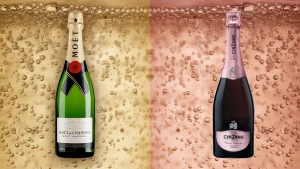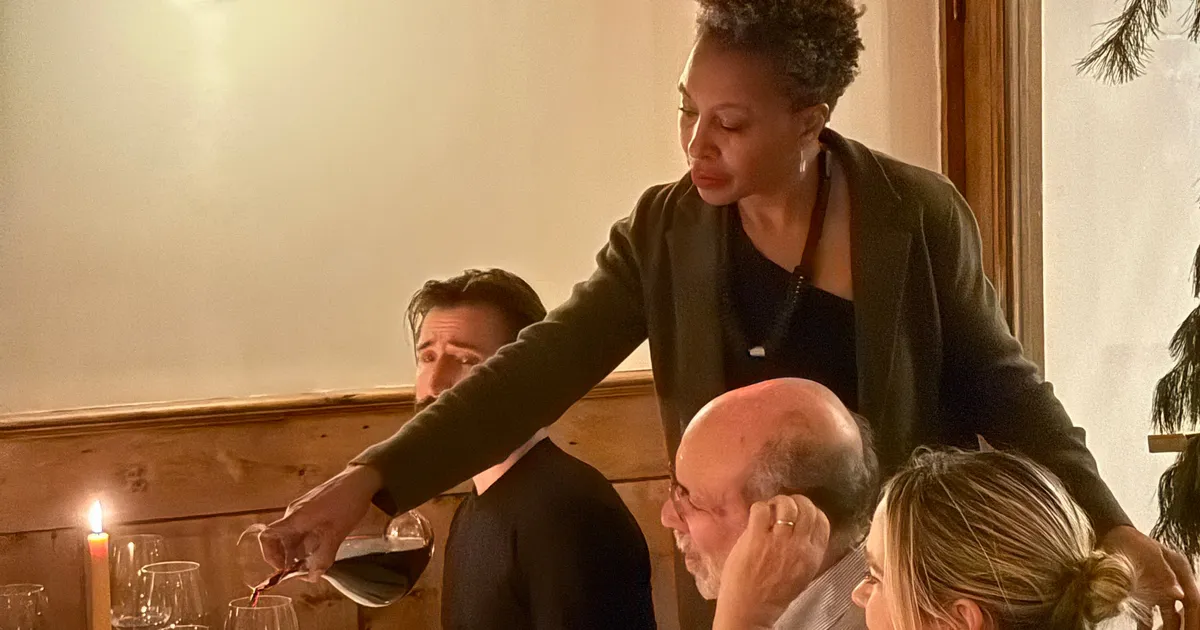If you’ve ever felt lost during a wine tasting or while reading a wine list, you’re not alone.
Wine terminology can seem like a foreign language, filled with mysterious words like “tannins,” “legs,” and “terroir.”
Understanding these terms not only boosts your confidence but also enriches your complete wine experience.
Whether you’re sipping a bold Cabernet Sauvignon or a crisp Sauvignon Blanc, knowing the right words helps you appreciate every nuance in the glass.
In this beginner’s guide to wine terminology, we’ll break down the most common wine-related words and phrases, making it easier for you to talk about wine like a pro.
Get ready to explore the wonderful world of wine and expand your vocabulary, one sip at a time!
Understanding Basic Wine Types

Before entering into complex terms, it’s essential to know the basic wine categories.
-
Red Wine: Made from dark-colored grape varieties and typically richer in flavor.
-
White Wine: Produced from green or yellowish grapes; often lighter and more refreshing.
-
Rosé Wine: Created by allowing limited contact with grape skins, offering a pink hue and lighter taste.
-
Sparkling Wine: Contains carbonation, with Champagne being the most famous example.
-
Dessert Wine: Sweet wines often enjoyed after meals.
Tip: Familiarizing yourself with these types lays a strong foundation for learning advanced wine terminology.
Key Wine Terminology You Should Know
1. Tannins
Tannins are naturally occurring compounds found in grape skins, seeds, and stems.
They contribute to the astringency (that dry feeling) in red wines.
-
High tannin wines: Cabernet Sauvignon, Syrah.
-
Low tannin wines: Pinot Noir, Gamay.
Fun Fact: Tannins also act as a natural preservative, helping wines age well.
2. Terroir
“Terroir” refers to the environmental factors—like soil, climate, and topography—that influence how a grape grows and how a wine tastes.
Wines from the same grape can taste dramatically different depending on where they’re grown.
Example: A Chardonnay from California will taste different than a Chardonnay from Burgundy, France.
3. Body
The “body” of a wine describes its weight or fullness on the palate.
-
Light-bodied: Feels delicate and airy (e.g., Pinot Grigio).
-
Medium-bodied: Offers a balance (e.g., Merlot).
-
Full-bodied: Rich and heavy (e.g., Zinfandel).
Tip: Body is influenced by alcohol content, sugar levels, and tannins.
4. Legs
When you swirl your glass, you might notice droplets forming and streaming down the sides.
These are called “legs” or “tears.”
While often admired, legs are more about alcohol and sugar content than wine quality.
5. Nose

The “nose” of a wine refers to its aroma or bouquet.
Smelling your wine before tasting is crucial for detecting complex scents like fruits, spices, herbs, or oak.
Tip: Always take a moment to swirl and sniff!
6. Vintage
“Vintage” indicates the year the grapes were harvested.
The climate conditions of that year can greatly affect a wine’s taste.
-
Great vintage: Ideal weather leading to high-quality grapes.
-
Poor vintage: Unfavorable weather impacting grape quality.
7. Finish
The “finish” describes how long a wine’s flavors linger after swallowing.
-
Short finish: Flavors disappear quickly.
-
Long finish: Flavors remain and evolve over time.
Tip: High-end wines often have a long, complex finish.
Common Wine Tasting Descriptors
Here are a few adjectives you’ll often hear:
-
Crisp: A fresh, acidic wine (common in Sauvignon Blanc).
-
Jammy: Rich, sweet fruit flavors, like ripe berries (common in Zinfandel).
-
Earthy: Flavors reminiscent of soil or forest floor (often found in Old World wines).
-
Oaky: Vanilla, butter, or smoke flavors from aging in oak barrels.
- Minerality: Flavors that evoke rocks, chalk, or saline notes.


